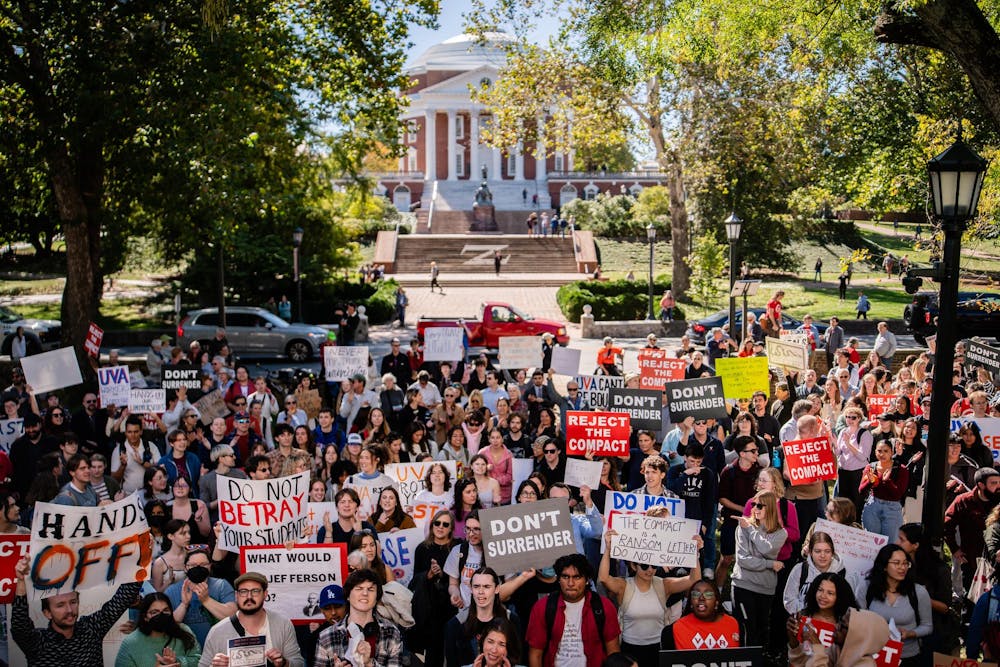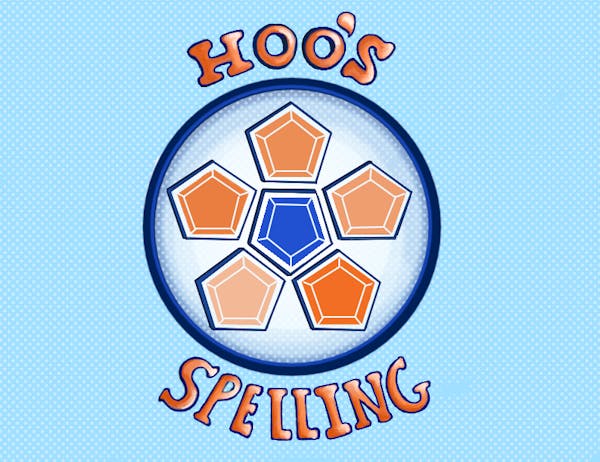In a year riddled with uncertainty for the University — from the aftermath of former University President Jim Ryan’s departure to the most recent agreement with the Trump administration — one constant has been the vitality of community discourse. Emerging as a silver lining amidst institutional instability, this discourse has come in the form of student-run protests, free speech campaigns and other collaborative efforts that have galvanized unlikely corners of the University community. In fact, a plethora of grassroots and organic groups have taken the initiative to foster more inclusive and robust dialogue across Grounds.
The decision of Ryan to resign following pressure from the Department of Justice, was announced when most students were off Grounds. Nonetheless, it sparked immediate political engagement. Students and community members rallied alongside faculty in protest, while others turned to social media to demand transparency and accountability, eventually peaking with June’s “Run For Jim,” which traded on Ryan’s much-beloved community “Runs With Jim.” What began as an outpouring of concern over University leadership evolved into an instance of visible political engagement, entirely organized by students and University stakeholders across the nation.
More recently, during the Board of Visitors’ Sept. 12 meeting, students and the Charlottesville community members took to the Lawn to voice their opposition to what many viewed as a lack of transparency. While many were denied entrance to the meeting, their protest garnered much attention. Barely a month later, over 1,000 protestors gathered on the Lawn Oct. 17 to oppose the “Compact for Academic Excellence in Higher Education,” a proposal many viewed as a threat to the University’s academic independence. The demonstration drew a wide range of students, faculty and community members, all united by a shared concern that the Compact, rejected later that day, would undermine the University’s tradition of shared governance and intellectual freedom.
This year’s protests and activism have underlined a new age for student activism at the University — one that has brought together groups and individuals who might not typically partake in political advocacy. The movements fostered collaboration between Student Council, Wahoos4UVA, National Campus Jewish Alliance and other student and faculty organizations, creating channels that extend beyond the traditional activist circles. The grassroots nature of this approach is a departure from the past, when activism on Grounds tended to be the result of a few, highly centralized actors. By involving groups from student governance, Greek life and all in between, recent efforts have made participation feel less like joining an ordinary protest and more like engaging in a collective conversation, lowering the barrier for students who might otherwise remain on the sidelines.
In another astonishing example of inter-university political engagement, Student Council united with the student councils of other schools initially targeted by the Compact to put out a joint, written statement of solidarity. A moment of national student collaboration surrounding a moment of unprecedented federal overreach, this statement powerfully exemplified the importance of cooperation between affected schools and the students they represent. Challenges to academic freedom and institutional stability threaten all members of our University community — and all members of higher education writ large, as the statement recognizes. While divisions might persist across student groups and viewpoints, the willingness of student organizations to collaborate on shared goals shows that meaningful civic engagement can transcend entrenched boundaries.
Although the community’s progress is commendable, this is still an ongoing effort, and sustaining a culture of open dialogue requires continued participation from both students and faculty. As the University continues to navigate challenges around free expression, it is important to ensure that this culture of dialogue extends beyond high-profile events and into everyday interactions. Even once we inevitably move beyond federal administration-driven challenges, students and faculty must continue to actively engage in shaping the University’s decisions and maintaining a robust environment for free speech.
In this fall of student activism, our community has embraced the tenets of student self-governance upon which this University was founded. Recognizing that insurmountable challenges lie ahead of higher education, we commend our fellow students who speak out and continue to engage with political discourse on Grounds, upholding their freedom of expression and their investment in this institution’s future. Perhaps a couple of demonstrations on the Lawn will not stop the Trump administration’s incursion upon this University. Nevertheless, the model that these students have set, and the evidence that activism breeds change, will not go away quickly — or quietly.
The Cavalier Daily Editorial Board is composed of the Executive Editor, the Editor-in-Chief, the two Opinion Editors, two Senior Associates and an Opinion Columnist. The board can be reached at eb@cavalierdaily.com.







